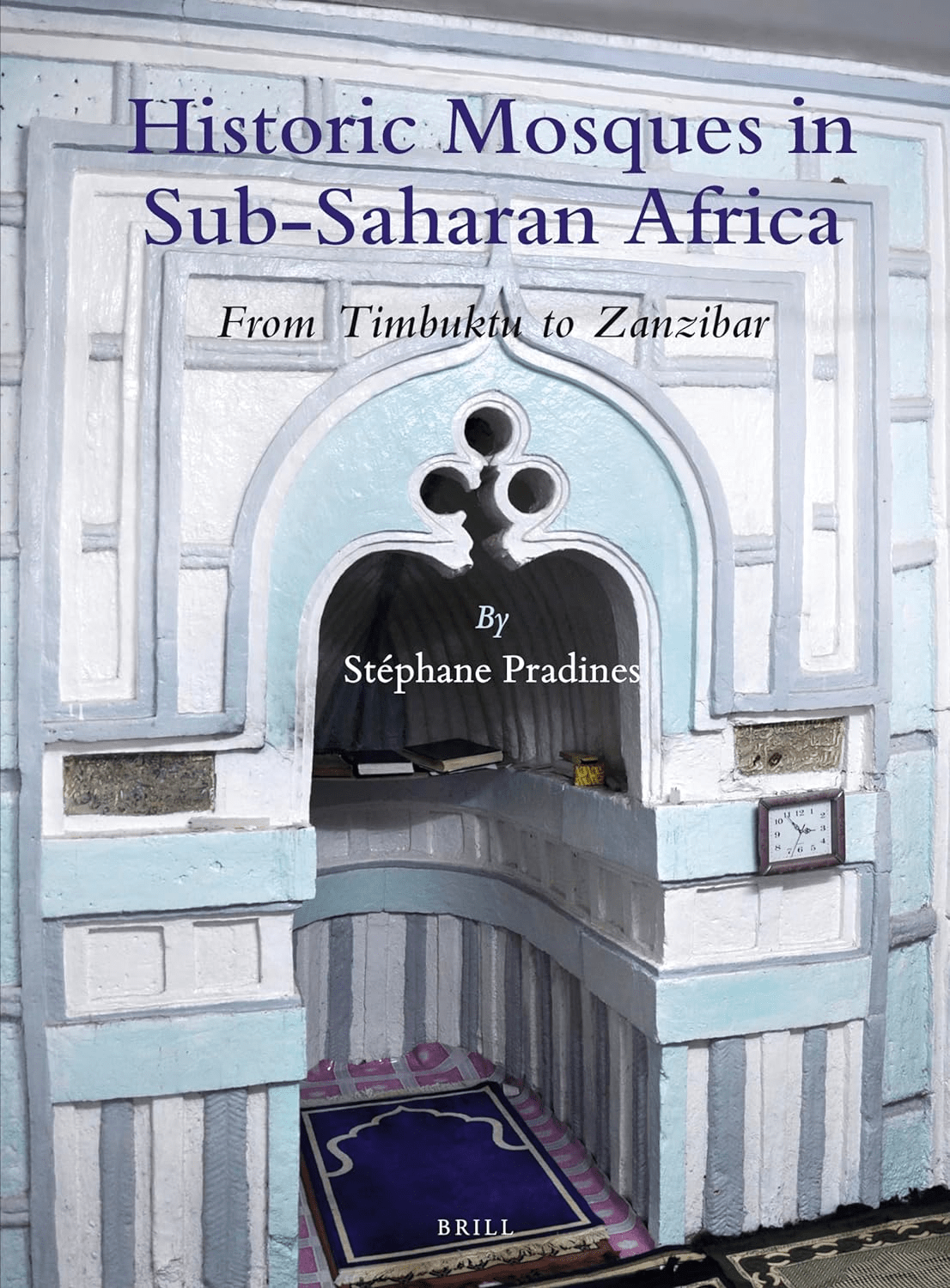Gardens of Renaissance Europe and the Islamic Empires: Encounters and Confluences
Tom Verde
Mohammad Gharipour, ed.
2017, Pennsylvania State UP, 978-0-27107-7-796, $94.95 hb.
While establishing diplomatic relations and trading goods during the Renaissance, the Islamic East and European West discovered a shared passion: gardens. European travel narratives to the major Islamic empires of the day—Ottoman Turkey, Safavid Persia and Mughal India—included descriptions, drawings and sketches of cities and their gardens. These added “to the reciprocal flow of ideas and concepts in terms of architectural and garden design,” including “exchanges of gardeners” and “horticultural or irrigation techniques.” Vivid descriptions of Ottoman gardens for example, led to the French court’s replacement of Italian gardeners “by Ottoman specialists after 1495.” The “gardens of Mughal emperors served as models” for the Lisbon gardens of Portuguese envoys to Goa and became “symbols of wealth and status.” In the cultural rivalry between Rome and Constantinople (today’s Istanbul), “villa gardens constituted a stage for outdoing each other.” This collection of scholarly, yet readable, well-illustrated essays closely examines how Islamic and European garden traditions interacted and influenced one another.
You may also be interested in...

Historic Mosques in Sub-Saharan Africa
From Mali to Tanzania, historian Stéphane Pradines traces a thousand years of Islamic architecture that forces us to rethink what we know about Africa’s past.
The Great British Bake Off Winner Nadiya Hussain Gathers Global Recipes in Culinary Celebration of Ramadan
Nadiya Hussain's diverse recipes highlight the global unity of Muslim cultures and cuisines.